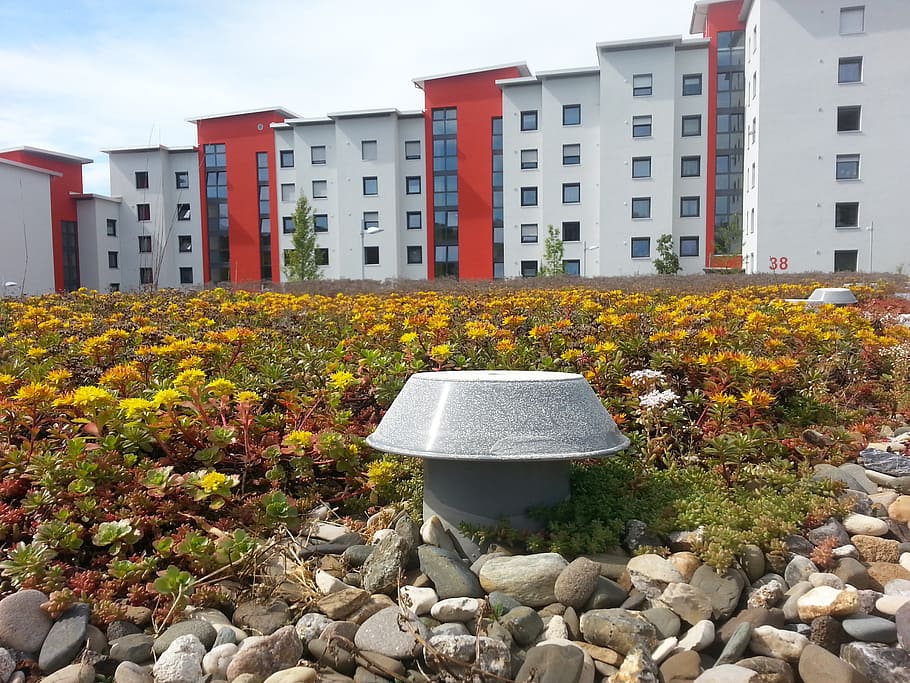|
A starting point to improving the health and efficiency of your building is to measure your building’s energy consumption and thermal comfort. As the infamous business adage goes: You can’t manage what you don’t measure.
There are many ways this can be accomplished. Building energy audits, benchmarking software, and automation systems are some examples. However, these options aren’t ideal for Class C buildings for many reasons: the information requires an expert on staff to interpret, the costs associated with them can be very restrictive, or the age of the building renders installation too invasive. The good news is new technologies are being developed that are making energy efficiency achievable to a wider range of buildings. For example, we are beginning to see an increase in wireless systems in building automation. Wireless systems can measure building health and efficiency without the high cost and building disturbance that is traditionally required for wired systems. ioAirFlow also uses a wireless sensor array that is easy to place and securely stores information, as a Wi-Fi connection is not required. Whether using audits, benchmarking tools or wireless sensors, once a building's energy consumption and thermal comfort levels have been measured, the next step is to determine strategies to improve them. One of the most beneficial strategies to focus on is the building envelope’s thermal performance. The thermal performance of a building relies on the tightness of its envelope. In other words, its ability to prevent heat exchange through its structure and resist air penetration. Improved thermal efficiency can be achieved by adding insulation. Using thermal insulation will not only reduce the energy required to heat and cool the building, but increase the period of indoor thermal comfort especially in climates with extreme seasonal variation. There are different types of insulation to choose from: blanket, loose-fill, blow-in, rigid fibrous, spray-foam, or structural insulated panels. Thermal resistance is the most important property when considering thermal performance and energy saving. The selection of the material should be based on high resistance, continuity of thermal insulation to prevent thermal bridging, cost, ease of construction, building code requirements and durability, as the R value of the insulation changes over time as well as the strength and stability. Assembly of the building's exterior wall and where insulation is applied should be taken into consideration as well. Another strategy to reduce air leakage can be achieved by using sealants, gaskets, additional window panels, or by replacing windows and doors all together. This can save 5-40% of the energy required for heating and cooling a building. Windows play a crucial role in the efficiency of the building by providing natural daylighting. However, if the windows are single glazed and the frames are poorly insulated, undesired heat can be transferred in and out of the building. Replacing windows with triple-glazed, two layers of e-coating, and low conductive frames gives the best result by reflecting the heat without compromising the amount of transmitted visible light. To increase sustainability and even generate revenue, green roofs and solar panels are becoming increasingly popular. Green roofs are considered a great insulation tool and can reduce waste by capturing the storm water runoff, which can be filtered and used to flush toilets and irrigate the outdoor landscape. Solar panels can be installed on a building's roof to generate electricity for the building. In addition, depending on the jurisdiction, if the energy generated by the solar panels exceeds the building’s demand, it can be sold back to the grid and credited to the user, or even transferred to another building. These options may not be feasible for Class C buildings, but if they are, return rates on investments can be impressive. Don’t forget to measure the energy consumption of the building before and after implementing changes to see how they worked. Going green will save cost and reduce your building’s ecological footprint. By Sarah Al-Saadi - ioAirFlow Summer Co-op Student
3 Comments
Leave a Reply. |


 RSS Feed
RSS Feed
